© ROOT-NATION.com - Use of content is permitted with a backlink.
NASA and SpaceX carried out another Crew Dragon flight, which took four astronauts to the International Space Station. But this year there are other interesting space events which can’t be missed. Space beckons, after all.
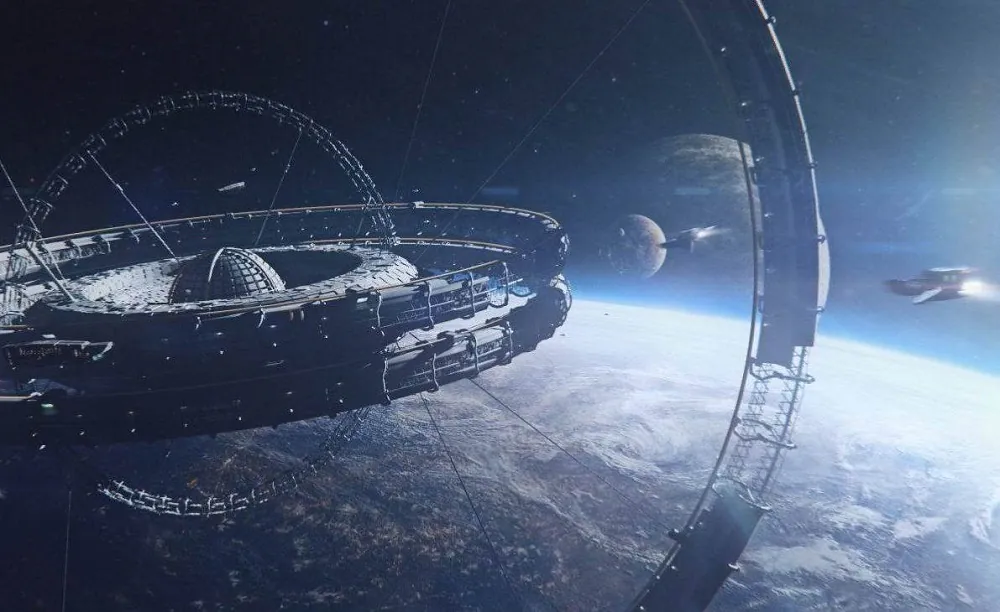
China, too, does not want to lag behind and is launching the first module of its Tiangong space station.
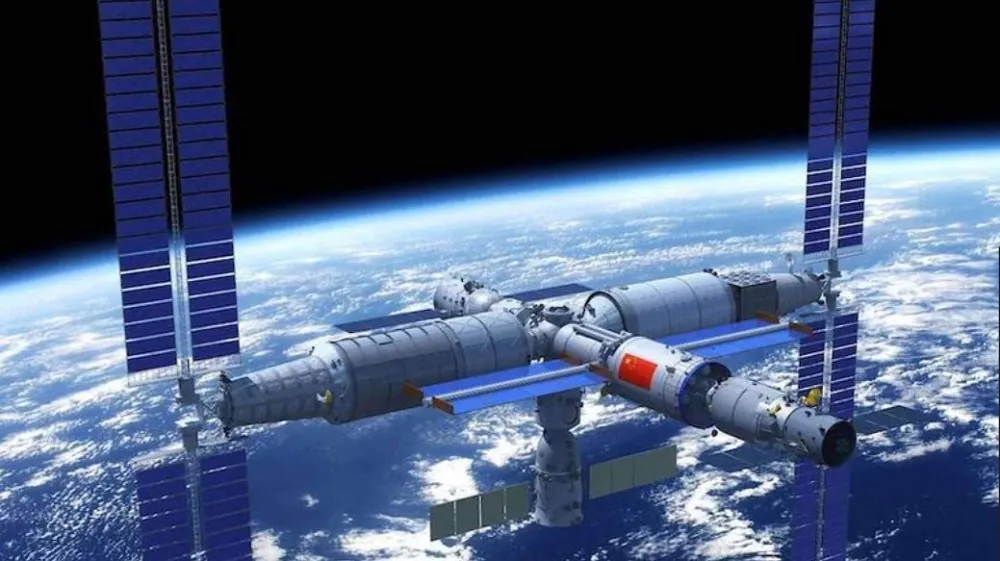
But this is only a small part of the interesting, or even historical missions that we have already seen, or that are still ahead. Today we want to talk about the events that still await us in this truly cosmic 2021.
An annular solar eclipse will take place on June 10, 2021
Space is not only interesting missions, but also cool objects and processes. A solar eclipse is an amazing astronomical phenomenon that we always look forward to.

The most interesting is the annular solar eclipse. It is a truly striking phenomenon that creates the characteristic ring of fire visible in the sky. It occurs when the Moon is positioned between the Sun and the Earth, and thereby blocks out sunlight. Unlike a total eclipse, when the Moon completely covers the Sun, during an annular eclipse, the so-called “ring of fire” surrounds the lunar shadow.
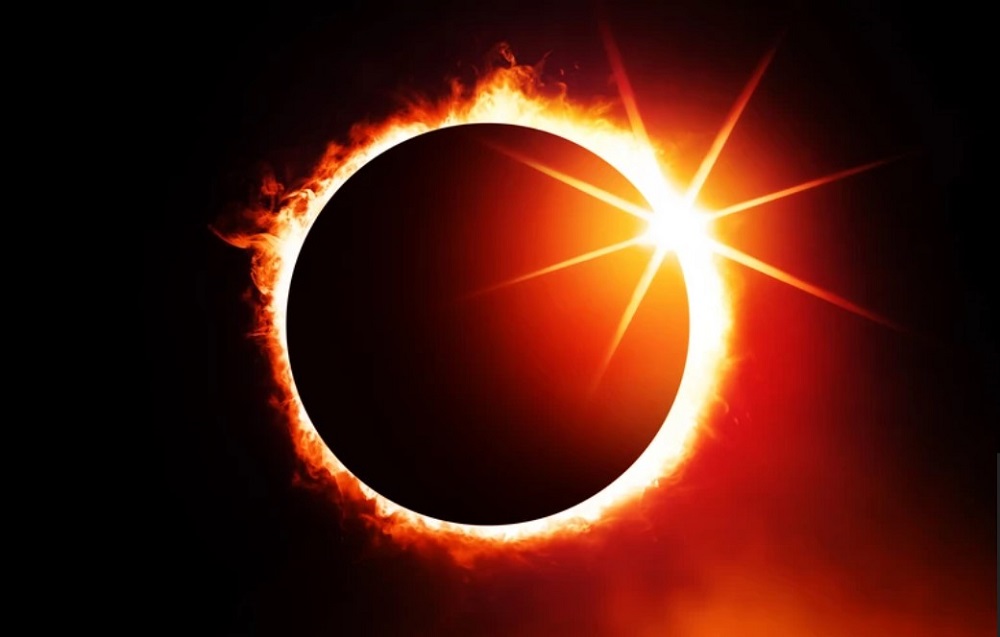
This year, on June 10, this amazing phenomenon will take place. The eclipse will last a maximum of 25 minutes. Most fortunate are those who live in northern Canada, Greenland and the Russian Far East, as well as in the northeastern United States. They will be able to see the entire eclipse. The rest of the world will have to be content with online broadcasts, which will certainly show the event live.
Boeing CST-100 Starliner re-launch in July
As you may know, NASA contracted two companies to build spacecraft to transport astronauts to the International Space Station. Elon Musk’s SpaceX has done a great job, and Crew Dragon already has several successful flights under its belt. One of them took place a few days ago, when a crew of four astronauts was flown to the ISS. A few days later, the ship successfully returned and landed together with other astronauts who had been at the orbital station for a long time.
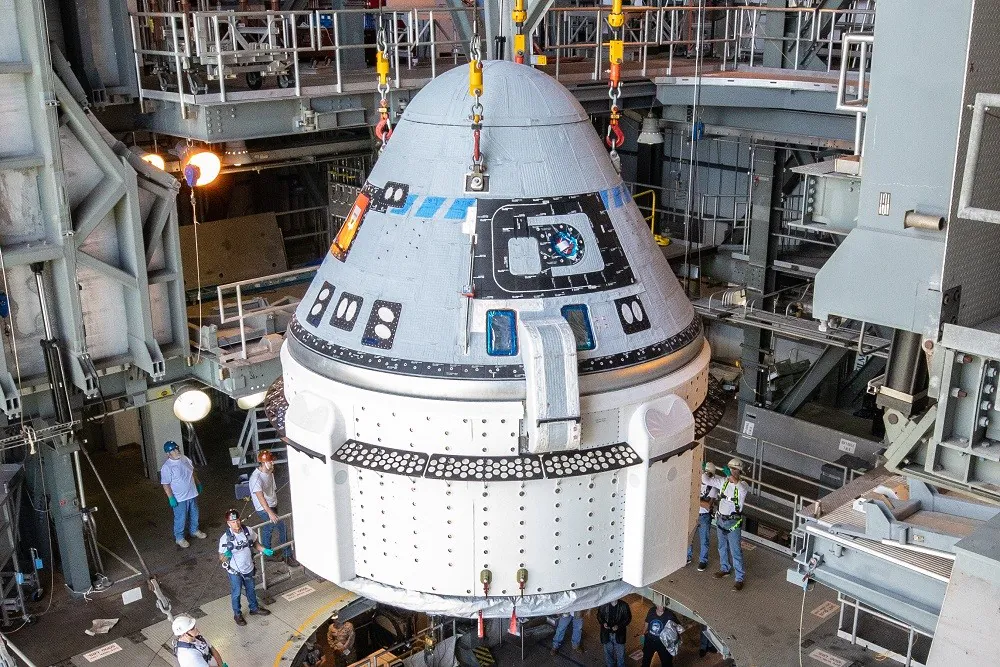
Whereas Boeing’s Starliner is just waiting for its manned flight into orbit. In December 2019, the spacecraft made an unsuccessful attempt to dock with the ISS (without people on board). The reason for the unsuccessful flight is software.
But Boeing said on April 17 that the next test flight of its commercial ship, the CST-100 Starliner, will take place at least in August. This long delay is due to the scheduling of other launches and missions to the International Space Station. In a statement, Boeing noted that the company and NASA are planning to carry out a delayed Orbital Flight Test (OFT) 2 mission in August or September.
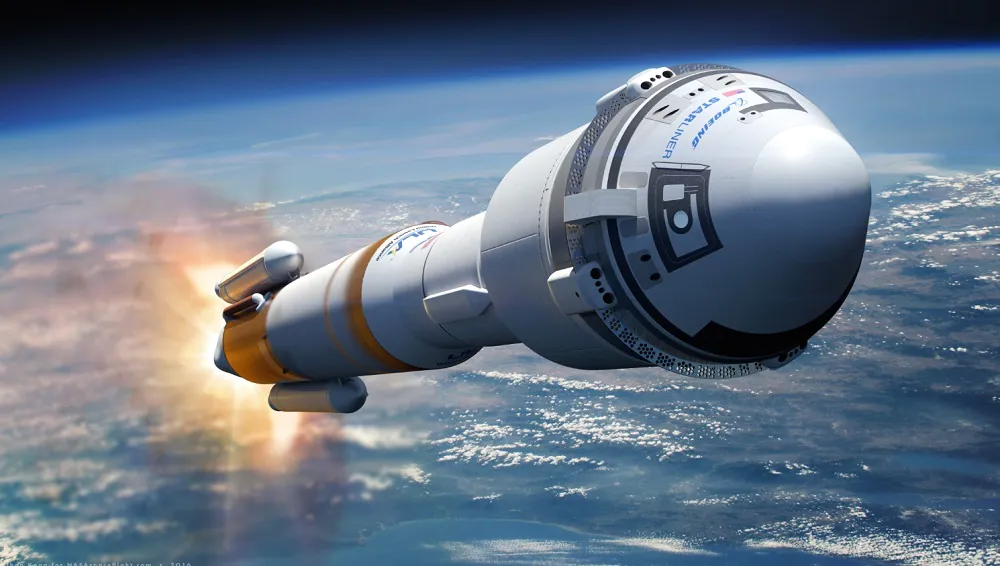
Boeing planned to launch the OFT-2 in late March or early April. However, in early March, NASA officials admitted that this is unlikely due to delays in replacing avionics units on the spacecraft, which were damaged by a power surge during ground tests, as well as a power outage in the Houston area caused by a winter storm in February, which interrupted software testing.
If the test flight goes well in July, it is possible that the company will conduct the first manned flight of this machine later in 2021.
Starship’s first orbital flight will take place in July
We are already accustomed to the fact that SpaceX is constantly testing something, conducting test flights and successful, and sometimes not always, landings. Currently, Elon Musk’s company is testing an increasing number of prototypes of the Starship spacecraft. The last such test flight took place on May 5, 2021. SpaceX carried out a test flight of the Starship SN15 prototype to an altitude of about 10 km.

The ship took off from a suborbital stand at the Starbase test facility in Boca Chica, Texas. The rocket performed all the maneuvers correctly in the ascent phase, reached the planned altitude, then returned and performed aerodynamic braking in level flight. At the end of the flight, the starship fired the Raptor engines, switched from horizontal to vertical position, and softly landed at a designated location near the launch site. This appears to be the first time that a rocket has completed all flight phases completely correctly and has successfully landed.
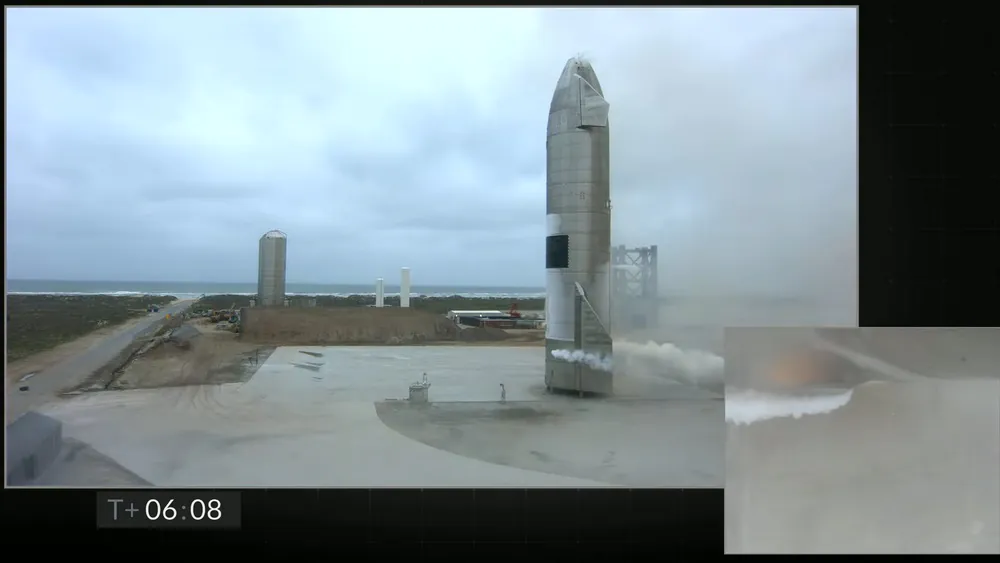
But the company’s engineers are already working on an improved version of this incredibly promising manned spacecraft. In the summer (presumably July) SpaceX should carry out the first orbital (yes, now into space) flight of the Starship prototype. This will undoubtedly be one of the most interesting and spectacular events of this year, which, if successful, will bring people closer to the moon and a manned flight to Mars.
The BepiColombo probe arrives at Mercury on October 2
The BepiColombo probe mission is a joint initiative of the European and Japanese space agencies to explore Mercury. On the morning of Saturday 20 October 2018, the BepiColombo spacecraft set off on its journey to Mercury. The purpose of the mission is to obtain data that will help us learn more about the enigmatic Mercury.
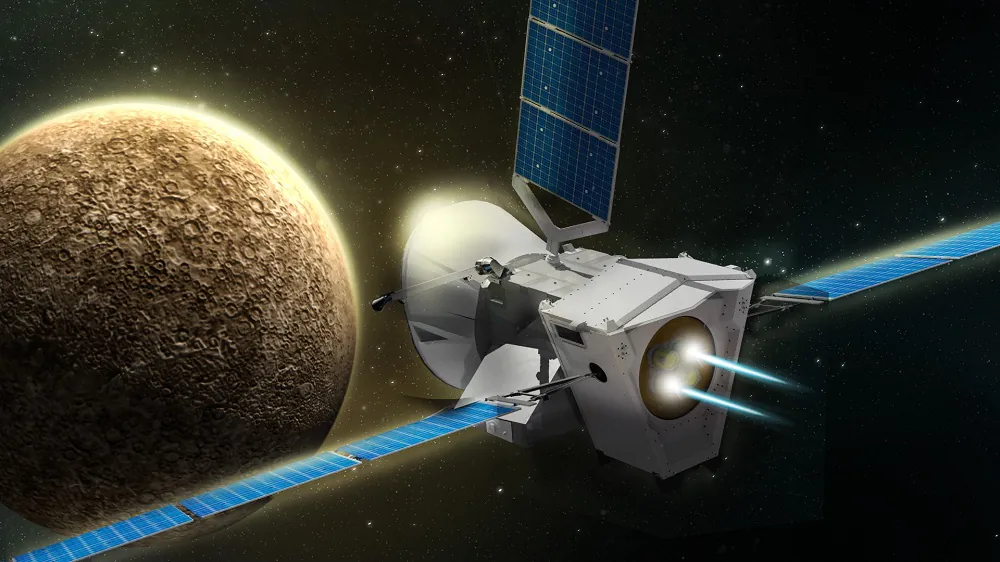
BepiColombo has already circled Venus twice in October 2020, took some pictures and flew towards Mercury. Scientists assure that the spacecraft will reach its destination in October this year, when it flies past the planet for the first time. That is, Mercury will only be in the field of view of the probe’s cameras.
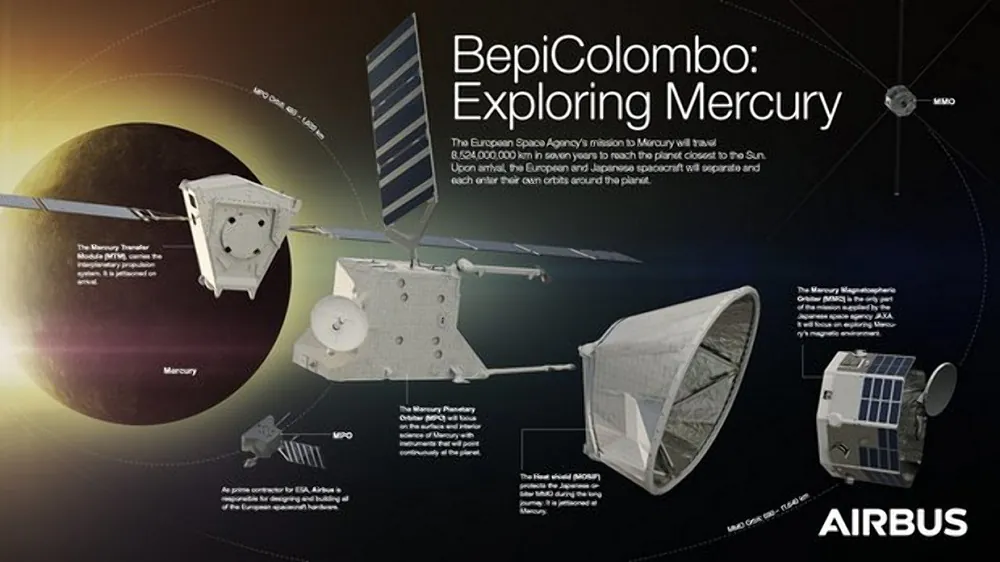
It is known that the BepiColombo probe will perform six such maneuvers, and after the last of them, in 2025, the second probe will undock from it, enter the planet’s orbit and begin to explore it. The mission is interesting to many scientists and can provide answers to numerous questions regarding Mercury.
NASA launches Lucy probe mission in October 16
At the end of 2021, another NASA spacecraft will begin its mission. The Lucy probe will embark on a 12-year journey in the so-called Trojan asteroids that orbit around Jupiter. The probe will be equipped with huge solar panels, which the agency has just shown on a wonderful new photo. The probe got its name in honor of the Australopithecus named Lucy, whose skeleton was found in Ethiopia in 1974.
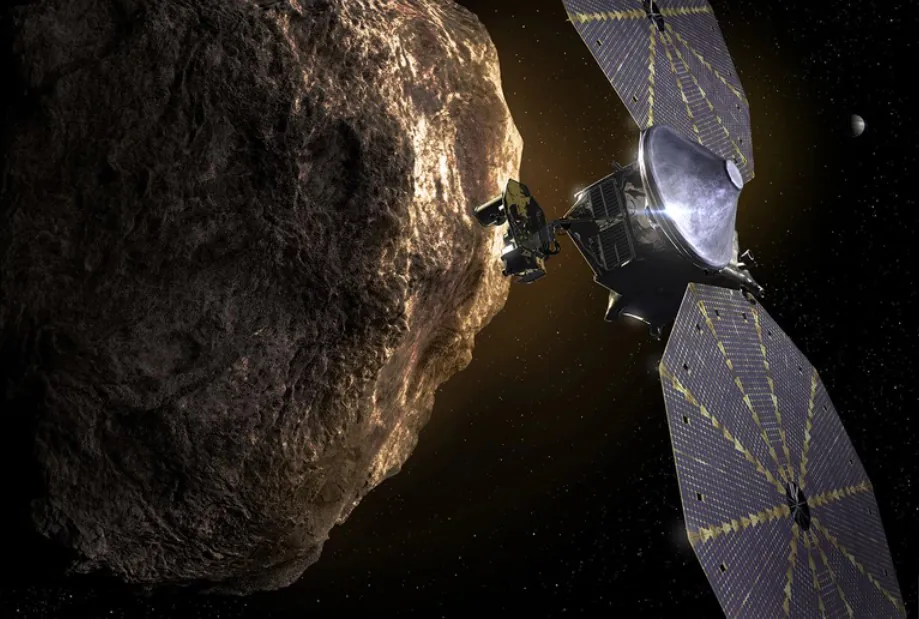
Americans hope that the data collected by the probe will “revolutionize our understanding of planetary formation and the formation of the solar system itself,” and may also contain clues that will allow us to determine the origin of organic matter on Earth and what the solar system looked like at the beginning of its history.

To achieve its goal, the spacecraft will use huge solar panels to provide power to the ship’s systems. Each of them will have a diameter of 7.3 m and have already passed a key test in NASA laboratories, where they were successfully opened during special testing in vacuum.
On October 21, the Russian lander Luna 25 will descent on the lunar surface
The Russians also want to go to the moon. Russia intends to explore our satellite in the near future. The Roscosmos agency is preparing to carry out at least several missions, and the task of the next one is to launch the Luna 25 lander into space. It will descend at the south pole of an Earth satellite, where it will study the surface and atmosphere of the Moon.
Roscosmos executives assure that Luna 25 is just the beginning of a large series of lunar missions. At least 5 missions are planned, which are in the process of preparation and at different stages of development. In 2023 or 2024, the Luna 26 orbiter will be launched, which will investigate gravitational and magnetic anomalies on the Moon.
Module Luna 27 will then reach the lunar surface in 2025. This mission will target the lunar south pole and will have European landing software. Also, thanks to ESA, the robot will be equipped with a special drill, which will allow collecting material samples from the South Pole without melting a substance such as ice.

In addition, the device will be equipped with a set of instruments designed to study the effect on the lunar surface of the solar wind.
Luna 28, also known as Luna-Grunt, will build on its predecessor and return cryogenically saved samples from the Moon’s south pole containing ice and other volatile compounds to Earth.

Finally, Luna 29 will ferry a new Lunokhod. It’s a reference to Soviet missions; the Lunokhod 1 was the first successful spacecraft on another planet, spending 10 months exploring a region called Mare Imbrium in 1970).
NASA will launch the James Webb space telescope on October 31
The James Webb Space Telescope, the successor to the Hubble Telescope, was supposed to be launched into space back in March 2021, but its launch has been delayed. The Covid-19 pandemic thwarted the plans, in addition, it was necessary to make some technical changes. NASA has already announced that the space telescope will be launched into orbit on October 31.

The James Webb Space Telescope (JWST) was created to better understand the mechanisms of formation of the Universe. It should be used to observe the first stars formed after the Big Bang, to study the formation and evolution of galaxies, and the formation of stars and planetary systems. Interestingly, work on a telescope that will observe the early Universe and boast a huge 6.5-meter gold-plated mirror has been under way since 1996, and after a series of delays, we hope that it will finally work. Interestingly, at first the telescope’s budget was estimated at $500 million, but today we know that the total cost of this program will be over $10 billion!
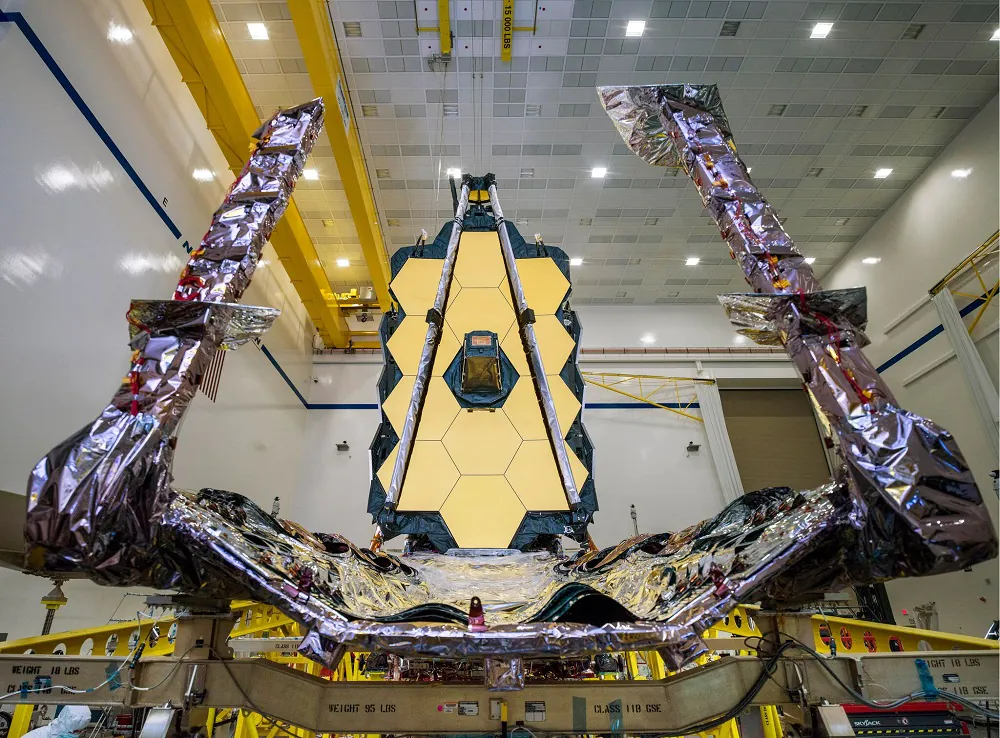
At the moment, the equipment is undergoing final tests and all procedures are carried out according to plan. If the tests are successful, the telescope will be transported to Kourou in French Guiana, where the Franco-European cosmodrome is located, and launched into Earth’s orbit using a rocket. This means that from November 2021, if launched successfully, the James Webb Space Telescope will become the most advanced research facility in Earth’s orbit and will replace the famous Hubble.
Double Asteroid Redirection Test (DART) mission commences November 2021
The purpose of the DART mission is to change the trajectory of the asteroid’s motion, which may be useful in the future if humanity has to defend itself against the collision of such an object with our planet.
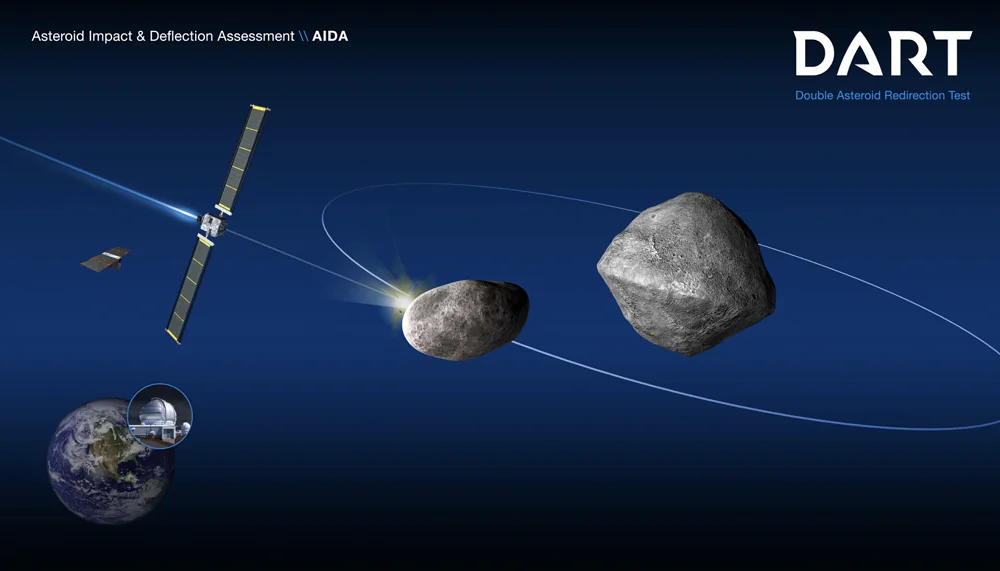
The DART mission aims to shift the orbit of an asteroid using kinetic action. The spacecraft is planned to be sent to a smaller asteroid of the Didymos binary asteroid system. This asteroid system consists of the large asteroid Didymos and its small orbiting satellite Dimorphos. In 2022, DART will collide with a boulder with a diameter of about 160 meters (525 feet). Thus, it will try to change the period of its rotation around Didymos by about 10 minutes.
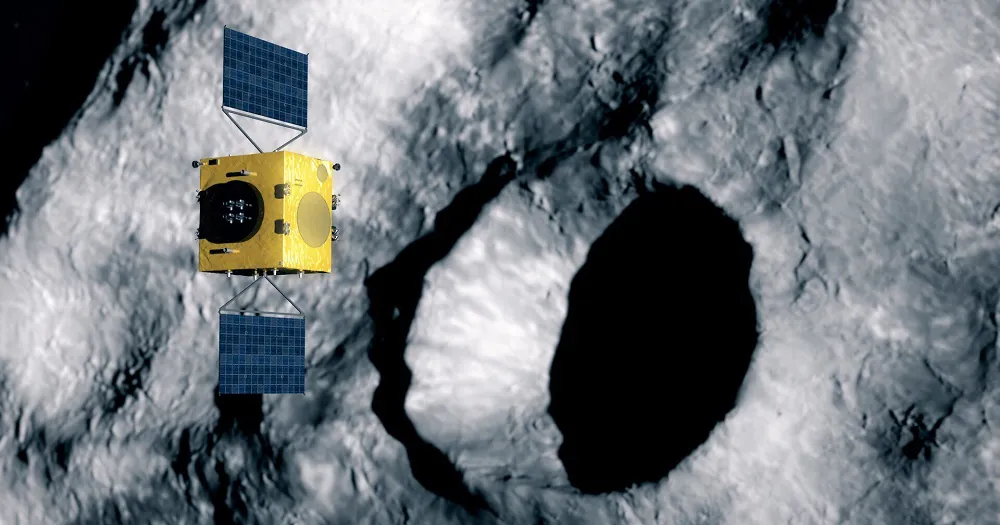
Using ground-based observations with telescopes, scientists will be able to compare the orbit of Dimorphos around Didymos before and after the impact to determine how much it has changed.

It is known that in 2024 the probe of the European Space Agency will fly to Dimorphos and study the consequences of the impact, and if the NASA mission is successful, the asteroid’s rotation speed will change by half a millimeter per second, which in the future can significantly change its trajectory in outer space.
Space Launch System rocket will fly to the Moon in November
If all goes according to plan, NASA will begin the first phase of the Artemis program at the end of 2021. The goal of this ambitious program is the return of American astronauts to the moon.
And the flight promises to be really interesting and exciting. As part of the Artemis 1 mission, a huge American Space Launch System rocket will orbit the Moon, carrying the Orion spacecraft into space.
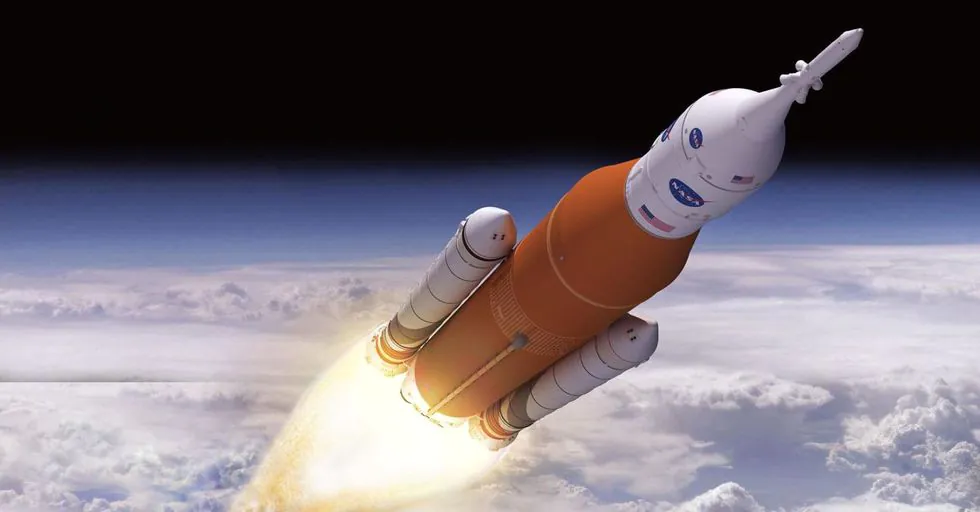
NASA is now slated to carry out this launch in November 2021. The space agency has already announced that it plans to send astronauts, a man and a woman, to the lunar surface by 2024. Over the past 20 years, astronauts have made regular flights to and from the International Space Station (ISS). But the distance to the Moon is almost 1000 times the distance to the ISS. To send astronauts there, you need a monster rocket. This is exactly what the Space Launch System is.
The Space Launch System (SLS) is the modern equivalent of the Saturn V, the huge launcher built for the Apollo mission. Like Saturn, it is divided into segments, or degrees, connected to each other. The rocket also uses space shuttle technology.
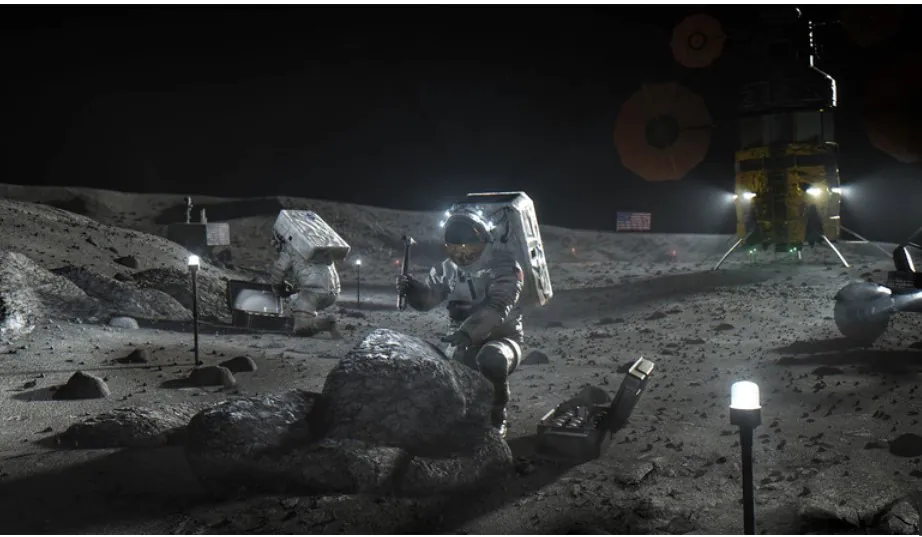
In early May, the developers have already carried out a test warm-up of engines, confirming their ambitious plans. But this is not a final launch date yet, and it is possible that the mission could be delayed and only take place in 2022. However, let’s hope that everything goes according to plan and this super important mission will go ahead on time.
Subscribe to our accounts:

